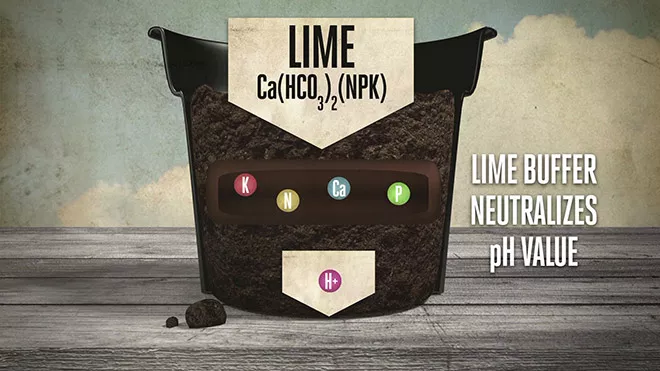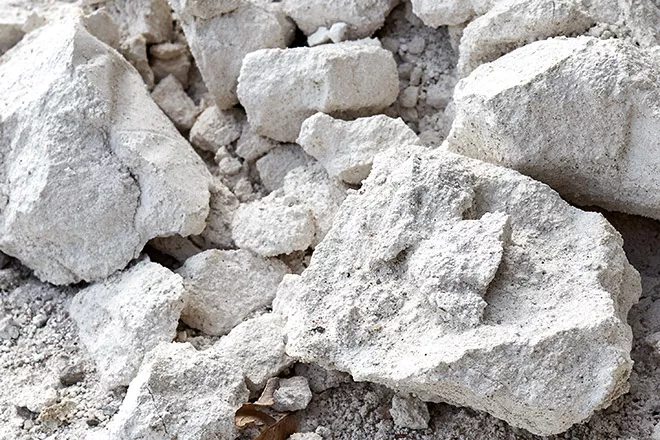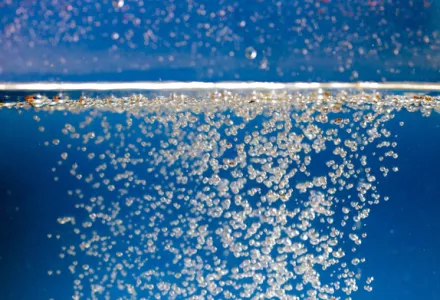Choose a fertilizer, water treatment, and substrate combination that complement each other
Substrates are dynamic. They hold and release nutrients and water and in doing so, offer a unique chemical and physical structure in which plants can grow. In order to maximize the qualities of each substrate, it is best to use a fertilizer that has been designed specifically for the substrate. This can also prevent over- or under-fertilization since the whole system is taken into consideration. Similarly, it is best to choose whether to go through water treatment or filtration based on the needs of your system. This can prevent unnecessary costs from undergoing filtration when it might not be needed. Let's take a closer look at coco, soil, and hydro systems, so you can maximize your fertilizer and water treatment choices.
Coco to the coir
Coco substrate has a fairly high ability to hold onto nutrients. This is due to it having plenty of cation exchange sites, which are essentially docking stations for cations, or positively charged ions, like calcium (Ca+2), magnesium (Mg+2), and potassium (K+). In addition, coco naturally comes with a high concentration of potassium, since it is part of the material itself. These nutrients will rest in these exchange sites and then are used by the plant when needed. It's important to balance out the ratio of calcium, magnesium, and potassium found on the coco so that the plant receives the correct balance for successful growth and to prevent deficiencies. In order to ensure that the substrate has come equipped with the proper ratio between these competitive cations, a good coco substrate will arrive already buffered with a nutrient solution or with directions on how to buffer it yourself. After this point, the nutrient buffer on the coco needs to be maintained by always applying a nutrient solution, designed specifically to balance the calcium and magnesium needs of coco. It is also important to water with sufficient drainage, every time you apply the nutrient solution. And, lastly but importantly, avoid applying plain water or a poor nutrient solution.
When plain water is poured over the coco, the coco nutrient buffer becomes damaged as some of the calcium and magnesium on the substrate is displaced from the coco medium and is replaced with potassium. This movement happens due to the nutrient elements on the coco substrate striving for a concentration balance with the nutrient elements in the water. As a result, the plant does not receive the correct balance of nutrients that it needs and the substrate is also left imbalanced. During subsequent feedings with a proper nutrient solution, the coco substrate will attract some of the nutrients in order to restore its nutrient balance and, as a result, continue to leave a nutrient shortage for the plant. To fix the issue, a balanced, complete nutrient solution would need to be thoroughly flushed through the coco and some time would be needed for the coco buffer to repair.

In a completely coco system (coco fiber substrate, along with coco-specific nutrients), moderately hard to hard water is generally best. This is 60-180 ppm calcium carbonate equivalence. (Note this is not total dissolved solids. This is a measure of dissolved calcium and magnesium, only.) Some water hardness is helpful for ensuring that the entire system has sufficient calcium and magnesium. In comparison, soft water by definition has a low supply of calcium and magnesium. If you are working with soft or reverse osmosis (RO) water (which, if filtered correctly, is rendered to become soft water) on coco, you may consider adding a calmag supplement to increase water hardness. Well-made coco fertilizers should come with a good load of calcium already, in consideration of the coco fiber and plant needs. If working with RO or soft water, another treatment option is to use a higher rate of quality coco-designed fertilizers.
If your original water source has an EC greater than 0.6 mS/cm or is very hard (greater than 180 ppm calcium carbonate equivalence), it is safest to treat your water through RO and add calmag. Alternatively, you can mix your original water back in with the RO treated water till you reach an EC of 0.2-0.4 mS/cm, so long as your source water does not contain an excess of toxins. It is not advised to use high EC source water without treatment, which may cause challenges in maintaining a proper watering technique. Get your water tested and review your water's hardness, total dissolved solids, and elemental concentrations. Many university labs provide guidelines for interpreting irrigation water test results and levels of concern. Plants need their 13 macro and micronutrients delivered in the correct ratios and an excess of one nutrient could lead to the plant absorbing less of another nutrient, creating a deficiency, reducing yield and quality.
Earthy, complex potting mix
The expectation behind a good potting mix is that it contains nutrients that will be released over time and that it is well-limed to prevent fluctuations in acidity. Soil and soilless mixes are often pre-fertilized and have the ability to hold onto nutrients as a sort of nutrient bank. This is due to the fact that these materials provide a high cation exchange capacity, meaning that they are loaded with plenty of docking stations where cations (Ca+2, Mg+2, K+, Mn+2, Fe+2) can land, temporarily, until they are needed by the plant, at which point they are released and made available. Peat and potting mixes contain a combination of quick release, mineralized nutrients and slow release, organically-bound nutrients that are released over time to your plants.

Most potting mixes contain a peat moss base, which is naturally acidic. Good soilless mixes are limed to bring the pH up to around 5.5-7.0. The lime serves as a pH buffer, so that many soil nutrients such as phosphate, iron, manganese, and zinc remain in an available form to your plant. Beware that repeatedly using the same soil will cause the lime to become depleted. The lime buffer is used over time as nutrient solutions tend to be acidic and contain compounds like ammonium which also increases acidity. If you're working create a 'living soil' that is built over time or simply want to reuse your soil, take a soil test to check in on the pH and nutrient load. Soil testing is generally pretty cheap and state-funded universities often have testing labs.

The lime added to soils also serves as a source of calcium and magnesium for the plant and should be accounted for when considering additional fertilizer requirements. Fertilizers that are designed specifically for soil-based systems should take into account the calcium and magnesium already supplied by the soil and prevent potentially supplying an excess of calcium and magnesium, which could throw off the nutrient ratios given to the plant.

A soil based system that is properly limed will be able to tolerate a wide range of water quality, due to lime's buffering capability. Both hard and soft water are generally acceptable for this system and there is no need for additional calmag, since again the expectation is that the soil has been well-limed. At the same time, the liming agent helps to buffer the pH in the soil zone and for that reason, a wide pH range for the nutrient solution is also acceptable. If the nutrient solution is going to be stored in a tank, it is best to keep the pH between 5.0-7.0 in order to protect and maintain nutrient quality over time.
Hydroponic systems
In hydroponic systems where the substrate is less dynamic, inert materials like rockwool and clay pebbles are used. These substrates do not bind nutrients nor do they release nutrients. However, rockwool does require special treatment due to its natural characteristics. Rockwool is made from molten basaltic rock that is spun into fibers. This material is alkaline, meaning that it is basic with a relatively high pH. In order to prime rockwool, before growing it needs to be buffered in a mildly acidic solution.

In nutrient recirculating systems, soft water or RO water is often the best choice to use alongside a well-made fertilizer designed specifically for this system. In drain to waste (DTW) systems it's important to adjust the pH of the nutrient solution and maintain the correct pH as the solution sits in the tank.
As for water hardness with DTW systems, there are fertilizers in the market specifically suited to hard or soft water for use in hydro systems. These fertilizers are designed to provide the full spread of nutrients that the plant will need, considering that the substrate is not offering any.
Lastly in deep water culture systems, beware that aerating pumps will introduce carbon dioxide (CO2) into the nutrient solution that your plants sit in. This additional CO2 will potentially react with elements in fertilizers and hard water and cause quite noticeable pH fluctuations, so choose your fertilizers wisely and you are welcome to ask us for assistance.
Know before you grow
The more knowledge you have on your substrate and the dynamics of your system, the likelier you are to achieve success. Every part of your system should be included based on good reasoning and understanding. Use the right fertilizer designed specifically for your substrate, water quality, and growing system. Monitor your plants, measure the EC and pH of your nutrient solution, and get your water and soil tested every couple years or when your source changes.
In case of doubt, feel free to contact the CANNA team, your local garden store, or a university advisor. Better to know what you are working with, what you are trying to achieve, and plan specifically for that.






























